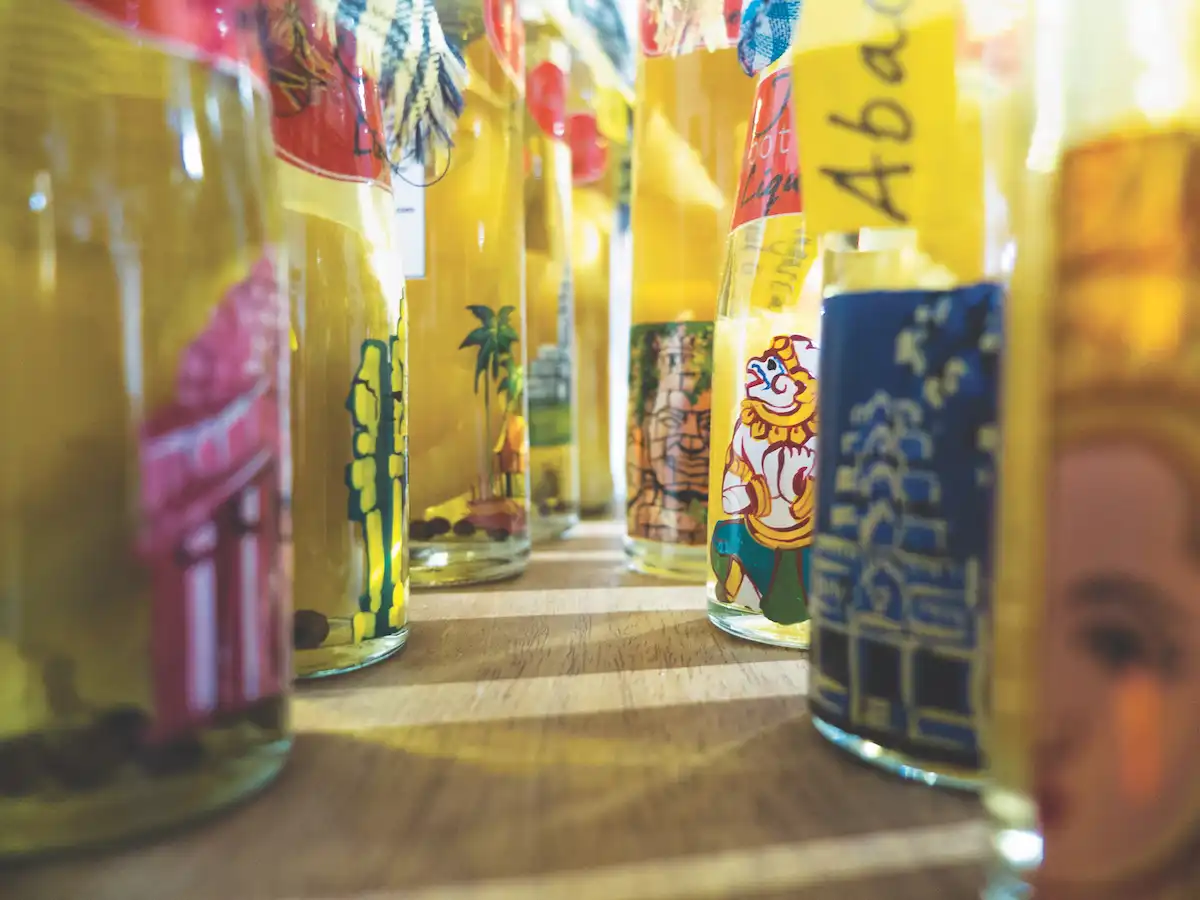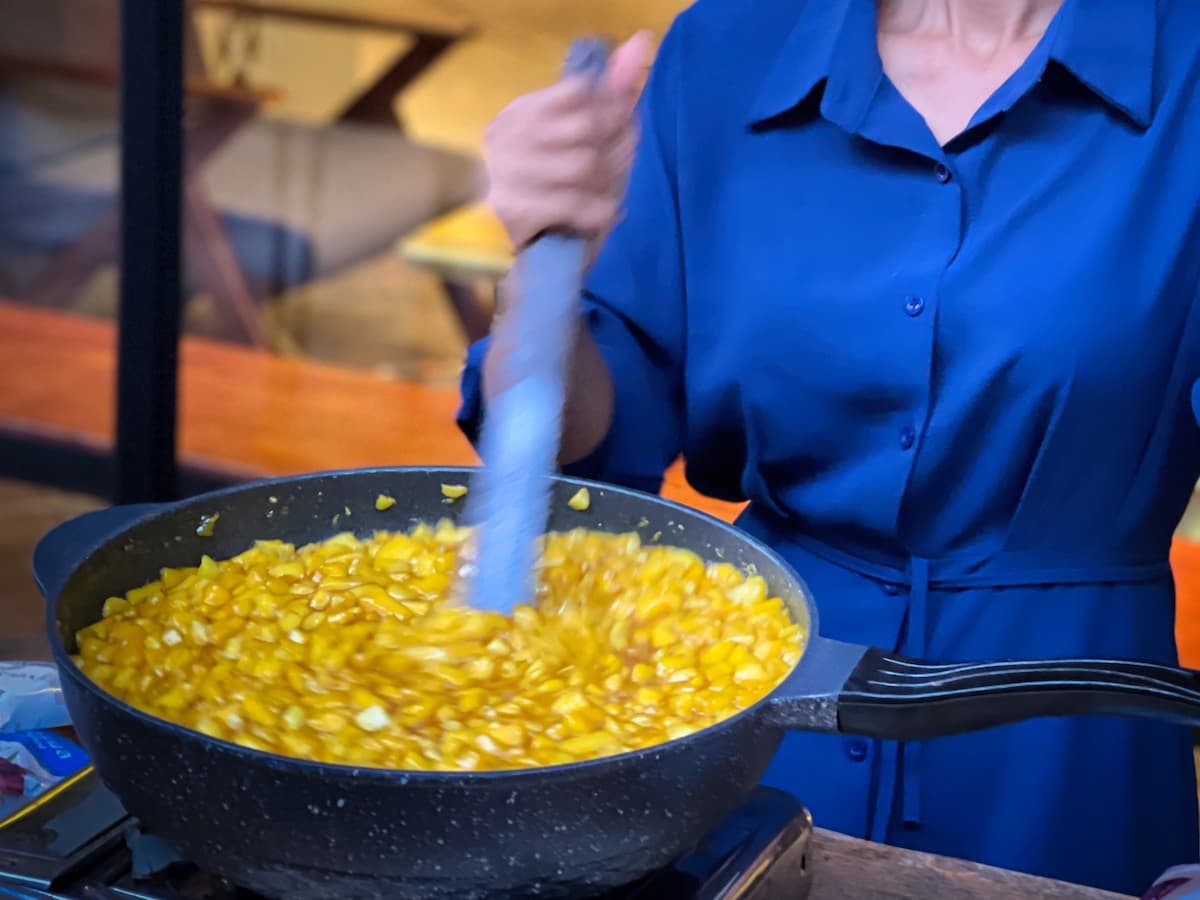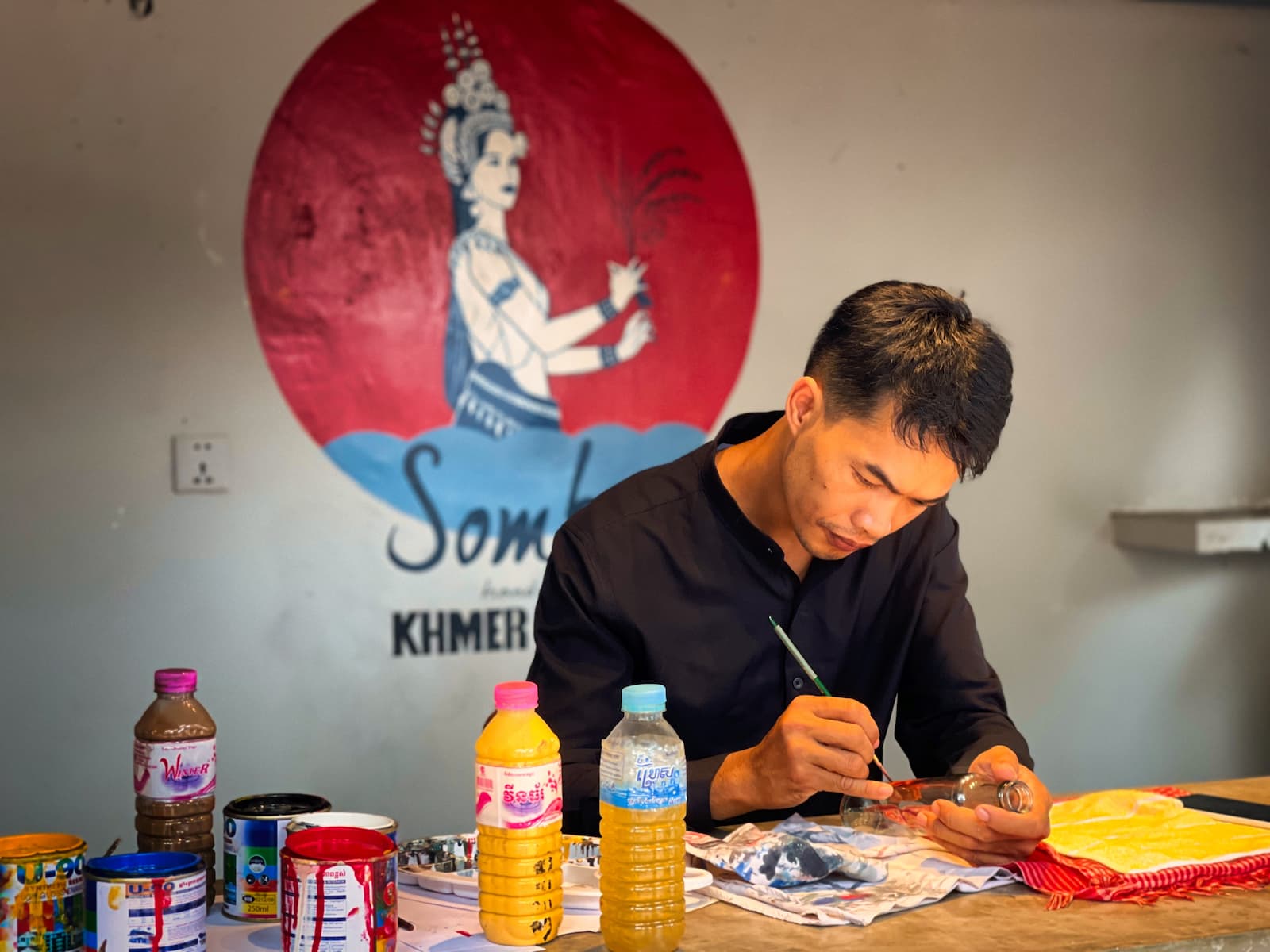
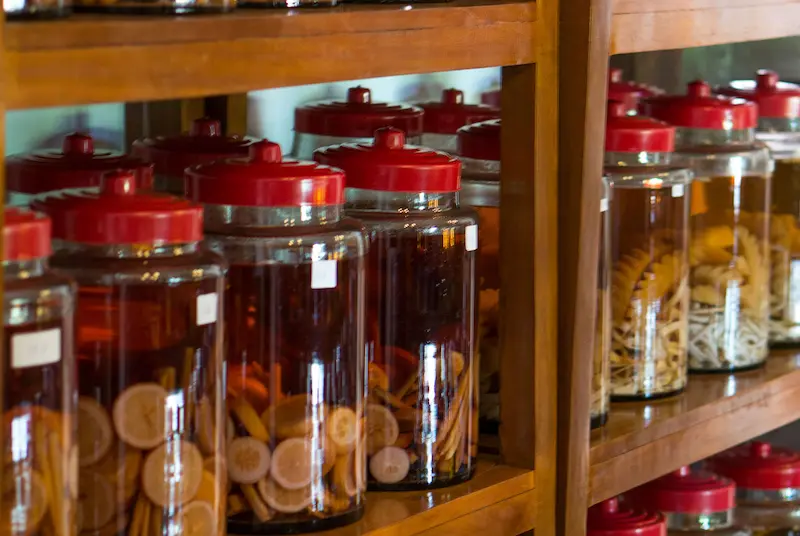
Nestled within the heart of Cambodian culture lies a treasure waiting to be unveiled: Sra Sor, a rice wine steeped in tradition and brimming with flavor. More than just a beverage, Sra Sor is a testament to generations-old practices, a portal to vibrant celebrations, and a symbol of resilient local pride. Today, we embark on a journey into the very heart of this iconic rice wine, deciphering its secrets and inviting you to join the growing movement of artisanal alcohol enthusiasts who appreciate the magic of crafting this unique spirit.
The essence of Sra Sor lies in its journey from humble rice grain to potent spirit, a journey guided by meticulous techniques passed down through generations. Understanding these techniques is like unlocking a secret code.
At the core of this lies the choice of rice. While the fragrant, whole Souv Krohom variety whispers of tradition, some artisans find harmony in blends of broken rice, weaving stories of resourcefulness and adaptation.
Just like any good performance, Sra Sor needs a driving force. That role belongs to mé sraa, the yeast that breathes life into the rice wine. These unique Cambodian strains, like mé Takeo, carry the legacy of generations, their slow and meticulous work a tribute to age-old traditions.
While faster-acting yeasts from Vietnam and China might tempt some, local strains hold their ground. Their slower fermentation and subtler flavors tell a quieter story – one of cultural resilience and respect for time-honored methods.
Sra Sor isn’t just a tasty beverage; it’s a snapshot of Cambodian history brewed in every sip. Understanding its creation process means understanding the ingredients and techniques that have been passed down for generations.
The journey begins with humble grains, rice, rinsed clean, succumbs to the gentle heat of steam, yielding to perfect tenderness. Spread in cool moonlight, the cooked rice rests, releasing its starches – the blank canvas for the magic to come.
Late in the day, the true transformation unfolds. Chosen yeast, often the revered mé sraa, initiates a meticulous dance. Starches, coaxed by time and the yeast’s gentle touch, metamorphose into sugars, the very essence of Sra Sor’s spirit.
This journey isn’t a single leap, but a two-part saga. The first act unfolds within the rice itself, nestled with mé sraa for two nights, no water needed. This quiet prologue unlocks the potential for fermentation, priming the rice for the grand act to come.
As the second act dawns, water joins the scene, often drawn from local wells. This new companion extends the journey, shaping the final alcohol content and weaving nuanced flavors into the rice wine’s tapestry.
Once the fermented mixture reaches its peak, the grand finale arrives – distillation. Through fire’s embrace, the heart of Sra Sor is revealed. Separated from the remaining elements, the essence of the rice wine ascends, a potent spirit born from ancient traditions and humble grains.
While modern equipment exists, Cambodian producers traditional distillation methods can be still be found. Clay pots and bamboo tubes play starring roles, with fire providing the necessary heat to coax the alcohol vapors upwards. This handcrafted approach honors tradition but also contributes to the unique character of Sra Sor.
Rice wine isn’t just a delicious beverage; it’s a thread woven into the vibrant tapestry of Cambodian culture. Its presence goes beyond quenching thirst, becoming an element in celebrations, rituals, and everyday life.
In Cambodian tradition, rice wine serves as a symbol of community and togetherness. It’s shared during joyous occasions like weddings and festivals, fostering laughter and connection. Its warm glow lights up the sharing of stories and strengthens bonds between individuals and generations.
Rice wine’s significance extends beyond the earthly realm. It plays a role in ancestor veneration, a cornerstone of Cambodian belief. Offerings of the rice wine honor departed loved ones, connecting the living to the spiritual world.
For generations, Sra Sor wasn’t just a drink; it was a canvas for healing. Skilled practitioners infused it with specific roots and plants, each carrying whispers of ancient wisdom, to create personalized tonics for specific needs.
While rice wine faces challenges in the modern world, its cultural significance remains a powerful force. The dedication of traditional

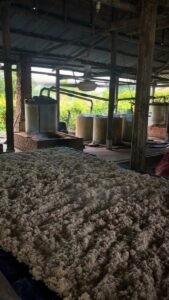
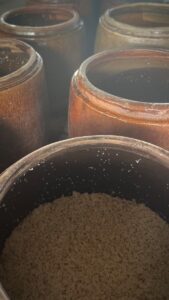
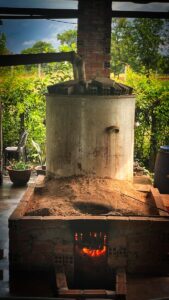
You have a deep appreciation for Cambodia’s food and a desire to better understand our rich culinary culture. I highly recommend exploring the Adventures Cambodia After Dark Food Tour. It’s not only a fantastic culinary experience but also offers the opportunity to visit our workshop, with one of their stops being at Sombai. This Food tour of Siem Reap will allow you to delve into the essence of Khmer cuisine while enjoying an evening filled with delightful surprises.

